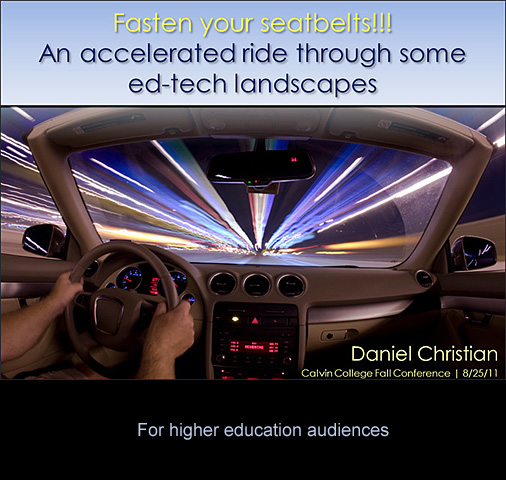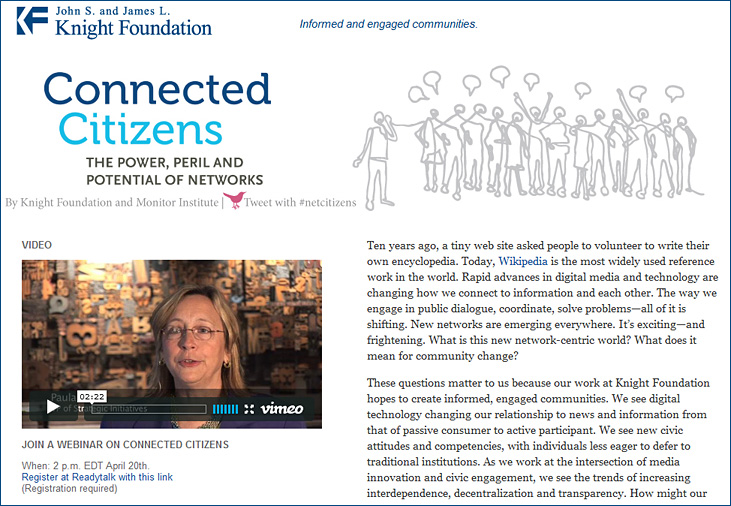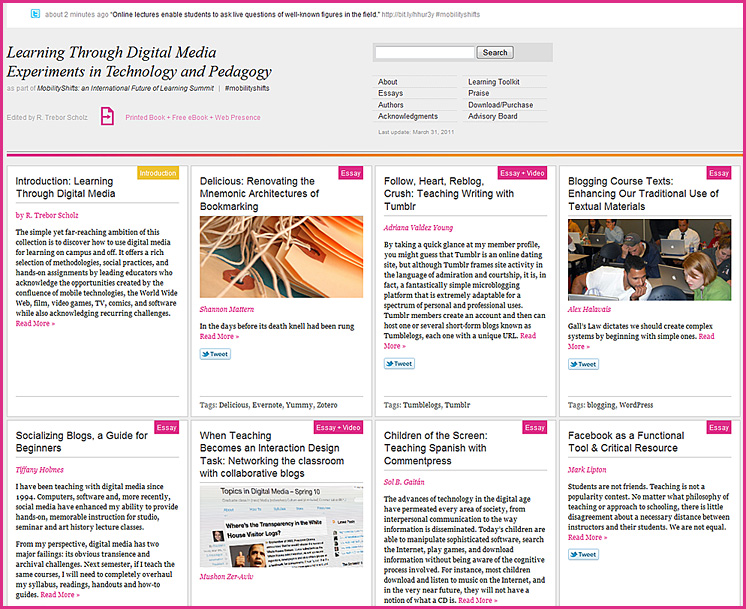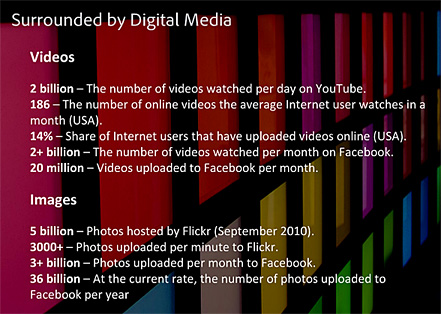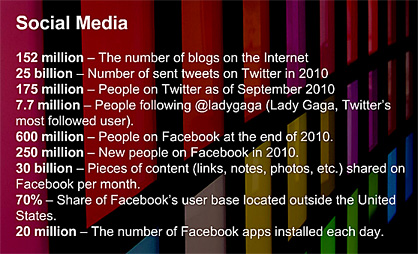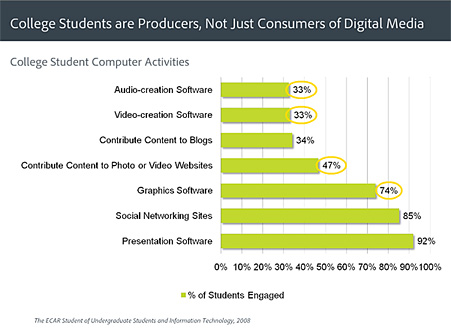Michael Wesch: It’s a ‘Pull, Pull’ World — from The Journal by John K. Waters
Excerpt:
“We have to recognize in our society that the new media we see in our environment are not just new means of communication, not just tools,” he told attendees at the Campus Technology 2011 conference in July. “Media change what can be said, how it can be said, who can say it, who can hear it, and what messages will count as information and knowledge.”
Wesch compared the need to “re-inspire curiosity and imagination” in students with bridging the digital divide.
“We’ve talked for years about the digital divide and how, if you’re on the wrong side of that technology access gap, you get left behind,” he said. “I think there’s the potential now for a kind of curiosity gap. Consider how much further ahead a curious student will be, compared with a student who lacks curiosity, in an environment in which he or she can reach out and grab new knowledge anytime, anywhere on all kinds of devices. If you’re a curious person, you’ll learn and grow; if you’re not, you could just drift along while others race ahead.”











